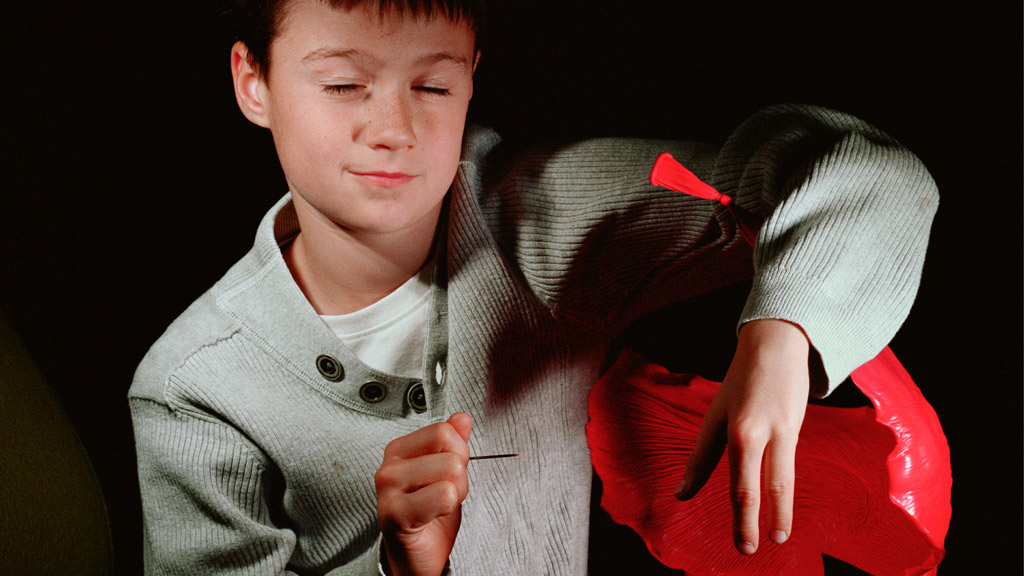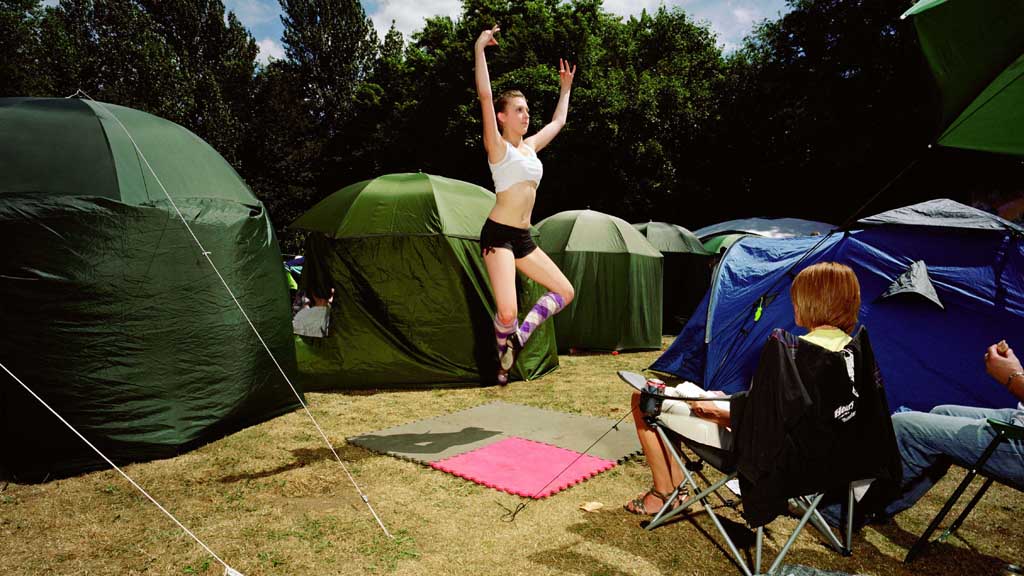Art and politics – can photos of Corby change public policy?
Corby’s deindustrialisation left a terrible legacy for some of the town’s inhabitants. Artist Mark Neville hopes his latest project will raise awareness of the issue of contaminated land.
Can images have an impact on the real world? Can photography affect government policy?
Those are the questions the artist Mark Neville poses in his latest project Deeds Not Words. It comes in the form of a book and an exhibition of photos and text about the Northamptonshire town of Corby.
Corby grew up on steel production. It was the main employer for decades and after the steelworks shut in the 1980s, the council reclaimed the land.
Birth defects
But the toxic chemicals used in the mills left a terrible legacy – a cluster of birth defects in the area.
In 2009, the so-called Corby 16 won a landmark case. The council paid compensation to them, accepting that it was more than likely that the clean up and reclamation of the defunct steelworks had caused their birth defects.

Mark Neville spent a year photographing Corby. We took him back to the places he filmed. He told me: “I tried to represent the whole community. The court case affected everyone. The idea was to intersperse pictures of the kids with other members of the community and investigate body image, the whole idea of beauty and how it manifests culturally in Corby.”
His photographs of two of the Corby 16 – Ben Vissian and George Taylor – are a series of eye-catching triptychs of the boys popping balloons. Mark says he had been struck by how journalists and photographers covering the courtcase had crudely captured the boys’ disabilities on film.
A new perspective
Mark Neville wanted something more balanced and multi-layered. So he used high speed film equipment with a sonic trigger to record the moment the balloon burst. The boys’ birth defects meant they were born with fingers missing. But although their hands are visible in the pictures, they are not the main focus.
Mark Neville said: “The balloon bursting is a metaphor for the court case. You can’t see toxins, you can only see the birth defects that result from them. A high speed photo allows you to see something the naked eye can’t normally perceive. That’s what the court case was about.”
The book has been sent to each of the 433 local authorities in the UK and to environmental agencies internationally, to raise awareness of issues around the handling of toxic waste and the reuse of contaminated land.

According to Mark Neville there is huge pressure on local authorities not to declare local sites contaminated because of the imperative to maintain the capital value of land. So although there are rules and regulations in place to protect local residents, he is worried they aren’t always followed.
“It’s a timebomb waiting to happen,” he said. “Nobody really knows how these cocktails of chemicals work, and although the burden lies with local authorities, their funds are being cut.”
Science and art
Deeds Not Words is not on sale, moving it away from the tradition of photography as a coffee table book for middle class consumers.
Instead, the book includes a detailed exploration of the science behind the Corby 16’s case, as well as fascinating insights into the traditionally Scottish nature of Corby – a town to which generations of Scots moved to work in the steelworks and where IronBru is still often the top selling soft drink in the supermarkets.
The photographs are being exhibited at London’s Photographers’ Gallery.
-
Latest news




